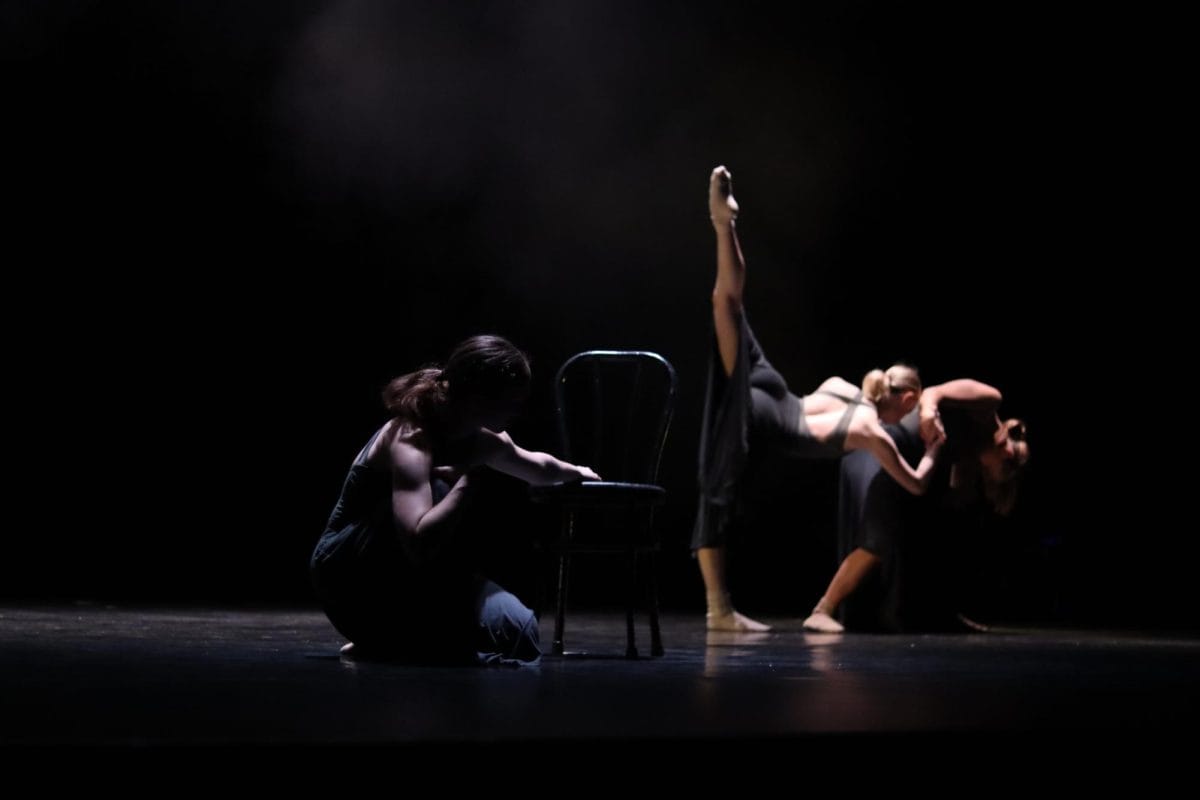Robert Christgau says Patterson Hood can’t sing. How would Christgau, most eminent of first-generation rock critics, react to the bending nasal drawl of a Dexateens harmony?
He would like it anyway.
As vividly as Hood and the Drive-By Truckers rhapsodize “the duality of the southern thing,” the Dexateens simply embody the dichotomy. The iconoclast/traditionalist tug-of-war, the friction of reconciling Old South and New South values, the ragged love and hate of a twisted, inextricable heritage—these issues are not broached with decisive art statements like those of the Truckers, but instead come artlessly built in, allowing the Dexateens’ talent for accessible song-craft to flourish unfettered. Even if the songs didn’t mean anything you would hum their melodies in bed. That they are strikingly meaningful as well as strikingly listenable is a powerful double come-on. The mythos of the Dexateens’ story is heavy with such duality: astute bar-rock revelers, tawdry Southern gentlemen, country punks who toured Europe, local heroes still unknown to many in their hometown.
Tuscaloosa is their hometown and the Dexateens may be the last great Tuscaloosa band for a long time. Now in their twelfth year of existence, they are old enough that their formative band experiences drew from the scene that surrounded the Chukker, venerable local venue and subcultural epicenter shuttered in 2003 after nearly fifty years (column about that forthcoming). This healthy proximity surely accounts for some of the Dexateens’ quiet individualism and eccentricity, two much-rarer elements in Tuscaloosa music after the loss of the Chukker.
In 2004 they made their first record, and have continued to put out one record per year until this one. Their musical maturation has been graceful, progressive, a dud-less sequence of growth. Think of their discography as three distinct phrases plus a couple linking verbs: the first two albums, a transitional EP, the third album, a transitional EP, the fourth album. The first third is the most raucous, the most pseudo-punky, the most desperate and hungry. It sounds like rising dust and boot heels and beer on your face. The second third is blunted, more restrained, with a dose of whimsy and introspection. “Nadine,” a creaky acoustic meander from the third full-length album Hardwire Healing, is the second most blatantly heart-shattering composition within the entire Dex catalog.
The first is the under-two-minutes-long title track on their most recent album Singlewide (“now I realize/I’m singlewide,” whispers an infantilized narrator). Like the John Lennon track “My Mummy’s Dead,” which similarly functions as the succinct crux of its album John Lennon/Plastic Ono Band, the song “Singlewide” owes much of its potency to an expertly-paced tracklist. Harnessing intercontextual forces as the Dexateens do on Singlewide basically hotwires the power of the discrete tracks. Such nuance manifests throughout the record, abundantly enriching repeat-listening.
Personally I am partial to 2005’s Red Dust Rising, the second album, which to me catches their most satisfying hybridity. Matt Patton’s bassline on the closing track “Coal Mine Lung” evokes what a heavy-browed glare evokes, and the implementation of electric piano lends deformed radiance to the dour vocals, until the song structure peppermint-twists into an inebriated, ever-moistening outro. It’s one of my favorite songs.
Unfortunately, if this column is your first exposure to the Dexateens, it may prove a bittersweet introduction. Though I’ve heard no official word, rumors circulated all summer that the band might be finished for good. I hesitate to report hearsay, but last month’s two-night billing at The Nick in Birmingham did look an awful lot like a farewell show, with special appearances by various notable guests. And a recording was made, another telltale sign.
The Dexateens have appeared to teeter on the cusp of disbandment before, most notably after the departure of original drummer Craig “Sweet Dog” Pickering in 2007. The current mix-up is even more serious. John Smith, having moved from the area several years ago, left the group to raise his family without the burdens of touring, so I hear. The direction of the music has always been wrapped up in the songwriting partnership of Elliott McPherson and Smith, who also shared vocal and guitar duties. The loss is certainly a setback and might be a vital one.
That leaves McPherson and Patton as the only two core members left. A humble exit would be understandable and unsurprising, but there could still be years to come for all anyone knows. If anything McPherson and Patton have only developed their powers. And the three non-original members are not lackluster by any stretch, having done a good job assimilating themselves. Lee Bains and Brian Gosdin have spent multiple years in the band already, and I like them.
Visit Dexateens.net to download their 2008 EP Lost and Found, available In Rainbows-style for as much as you’re willing to give. The records mentioned in this column should be available for purchase at Oz Music, located at the intersection of 14thStreet and Hackberry Lane. Red Dust Rising sounds great on vinyl.








